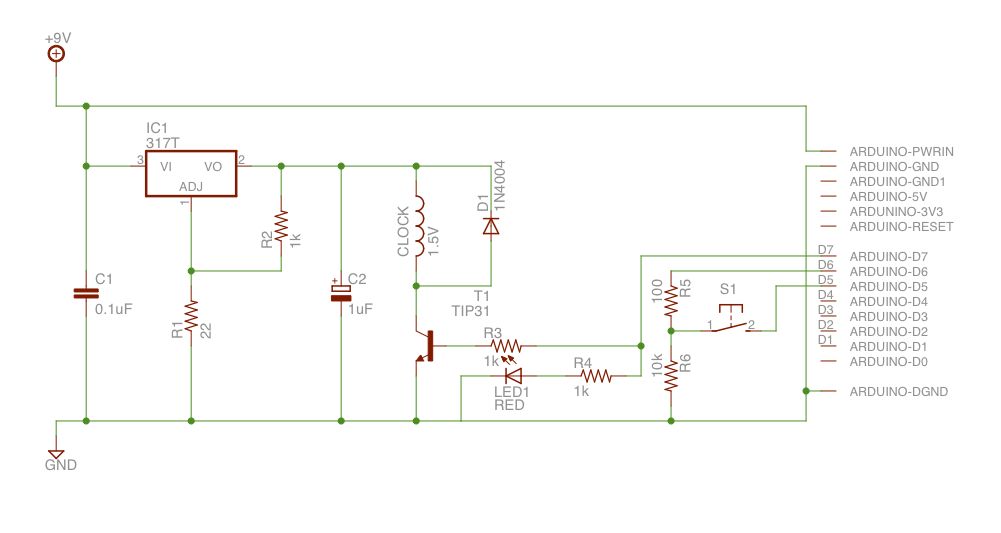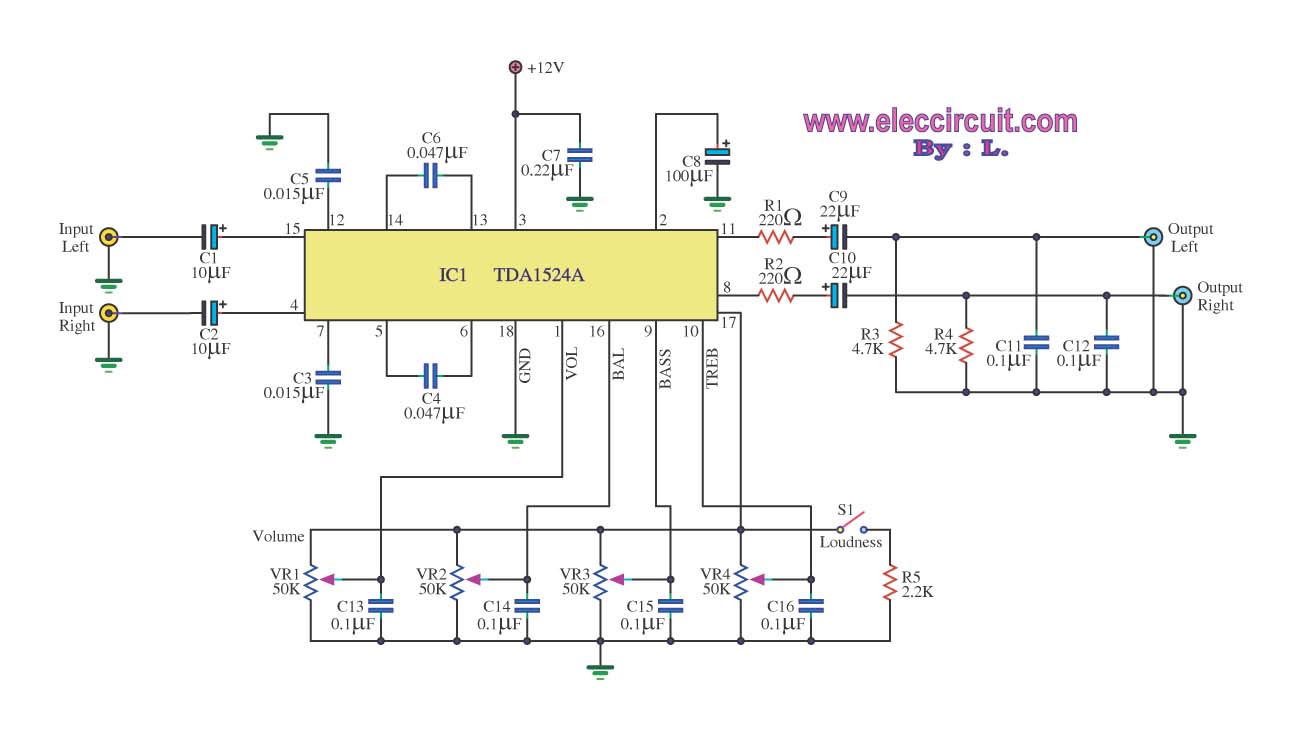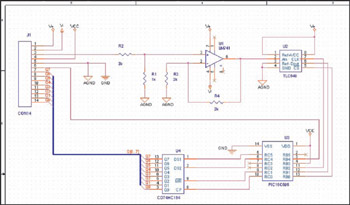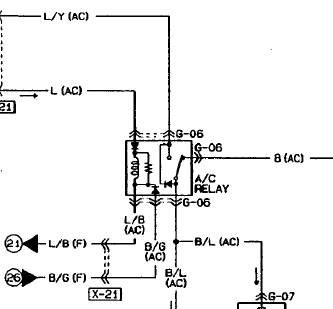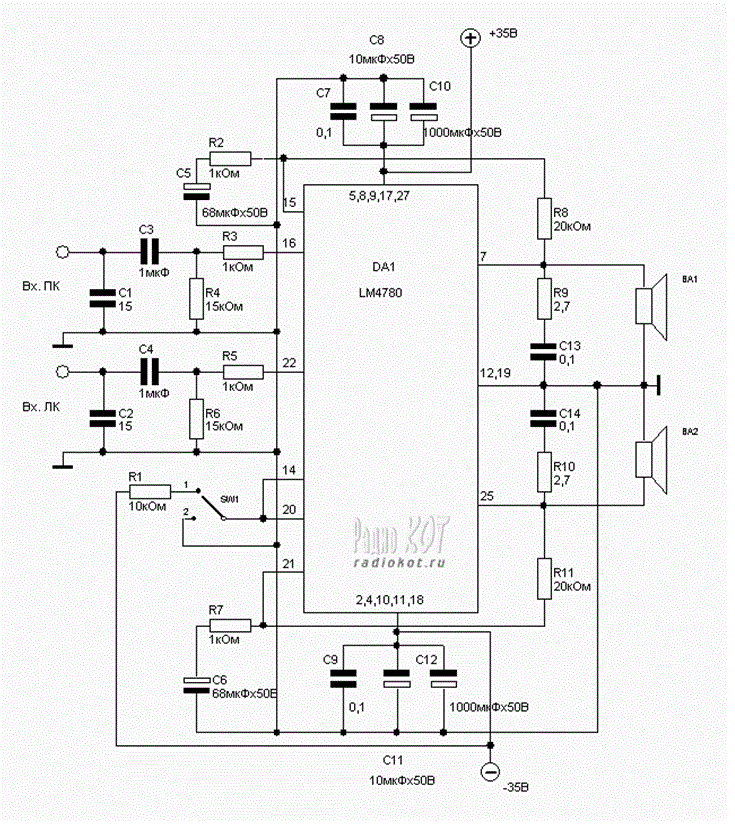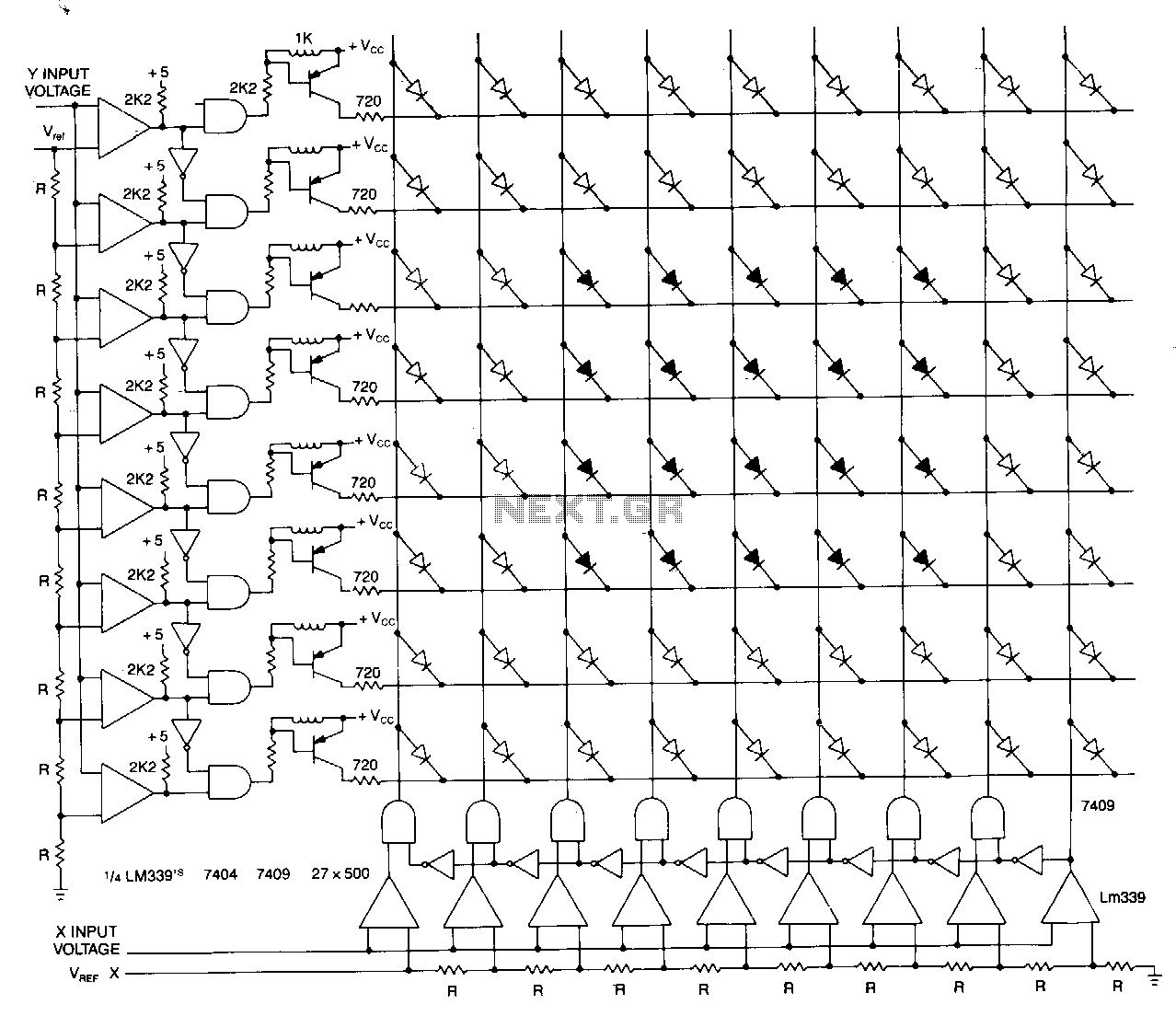
AC relay using two photon couplers
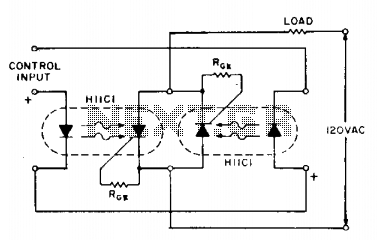
If load current requirements are relatively low (i.e., maximum forward RMS current of 500 mA), an AC solid-state relay can be constructed quite simply by connecting two H11C optically coupled SCRs in a back-to-back configuration as illustrated.
The proposed circuit utilizes two H11C optically coupled silicon-controlled rectifiers (SCRs) arranged in a back-to-back configuration, which allows for bidirectional current control. This arrangement is particularly suitable for applications where the load current does not exceed 500 mA, making it ideal for low-power AC load switching.
In this design, the H11C components serve a dual purpose: they provide electrical isolation between the control and load sides while also facilitating the control of AC power. Each SCR is triggered by a control signal applied to its gate, allowing the relay to turn on and off in response to the control input. The back-to-back configuration ensures that the relay can handle both halves of the AC waveform, enabling it to conduct current in both directions.
The circuit typically consists of the following components:
1. Two H11C optically coupled SCRs, which are responsible for switching the AC load.
2. A control circuit that provides the gate trigger signals to the SCRs. This may include a microcontroller or a simple switch.
3. A load connected across the output terminals of the SCRs, which can be any AC device within the specified current rating.
4. Protective components such as snubber circuits or fuses may be included to safeguard against voltage spikes or overload conditions.
The simplicity of this solid-state relay design makes it an attractive option for various applications, including lighting control, motor control, and other low-power AC switching scenarios. The use of optically coupled SCRs enhances safety and reliability, as it prevents high-voltage AC from reaching the control side of the circuit.If load current requirements are relatively low (i.e. maximum forward rms current 500 mA), an ac solid state relay can be constructed quite simply by the connection of two H11C optically coupled SCRs in a back-to-back configuration as illustrated. An easy project.
The proposed circuit utilizes two H11C optically coupled silicon-controlled rectifiers (SCRs) arranged in a back-to-back configuration, which allows for bidirectional current control. This arrangement is particularly suitable for applications where the load current does not exceed 500 mA, making it ideal for low-power AC load switching.
In this design, the H11C components serve a dual purpose: they provide electrical isolation between the control and load sides while also facilitating the control of AC power. Each SCR is triggered by a control signal applied to its gate, allowing the relay to turn on and off in response to the control input. The back-to-back configuration ensures that the relay can handle both halves of the AC waveform, enabling it to conduct current in both directions.
The circuit typically consists of the following components:
1. Two H11C optically coupled SCRs, which are responsible for switching the AC load.
2. A control circuit that provides the gate trigger signals to the SCRs. This may include a microcontroller or a simple switch.
3. A load connected across the output terminals of the SCRs, which can be any AC device within the specified current rating.
4. Protective components such as snubber circuits or fuses may be included to safeguard against voltage spikes or overload conditions.
The simplicity of this solid-state relay design makes it an attractive option for various applications, including lighting control, motor control, and other low-power AC switching scenarios. The use of optically coupled SCRs enhances safety and reliability, as it prevents high-voltage AC from reaching the control side of the circuit.If load current requirements are relatively low (i.e. maximum forward rms current 500 mA), an ac solid state relay can be constructed quite simply by the connection of two H11C optically coupled SCRs in a back-to-back configuration as illustrated. An easy project.
